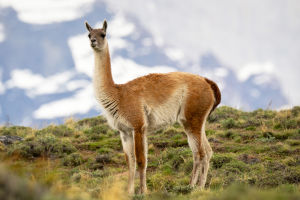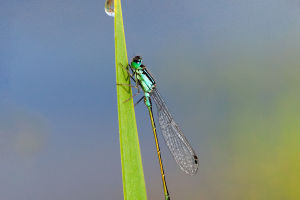Goshawk
The Goshawk is a small to the medium-sized bird of prey that can grow up to 60 centimeters long with a wingspan of about 1.3 meters. Its head and sides are black and brown, with a white feather tip on the crown and white mixed with black lines on the eyebrow.
The back is brown and black, while the chest is covered in gray, brown, and white stripes. The tail is gray-brown with four broad black stripes and a square shape. In flight, the wings are broad and white underneath with dark brown stripes. Females are larger than males.
Goshawks are carnivorous and primarily feed on forest rats, hares, pheasants, doves, and other small birds. They are found in coniferous, mixed, and broad-leaved forests at different elevations and also in sparse forests and small stands in mountainous plains and hilly areas.
They are active during the day and are known for their keen vision and good flying abilities. They are also very alert and good at hiding, usually moving alone and making a high-pitched cry.
Goshawks are found throughout the northern hemisphere in temperate and boreal forests.
They usually move alone, have a sharp and loud cry, and soar in the air with wings stretched horizontally or slightly upward. They are more common in secondary forests and use their short, rounded wings and long tail feathers to regulate speed and change direction, hunting prey in the woods. They also fly or glide over open areas at the edge of the forest to spot prey. The flight is fast and flexible.
When hunting, they dive quickly and chase in a straight line, catching prey with their claws. They are fierce, accurate, ruthless, and fast hunters, and strike prey at a speed of 22.5 meters per second.
They eat the internal parts of the heart, liver, lungs, etc. first, and then take the corpse back to a tree to eat. They are not endangered and their population trend is stable.
It's important to note that the Goshawk is not the same as an eagle. The term "eagle" refers to a broader group of birds, while "goshawk" specifically refers to a small or medium-sized bird of prey.
As Goshawks age, their claws may begin to weaken and their beaks may become long and curved, making it difficult to feed. They will break off their beak on rocks to sharpen them, and pluck out their nails and feathers to get a better set of feathers and sharp claws and beaks.


